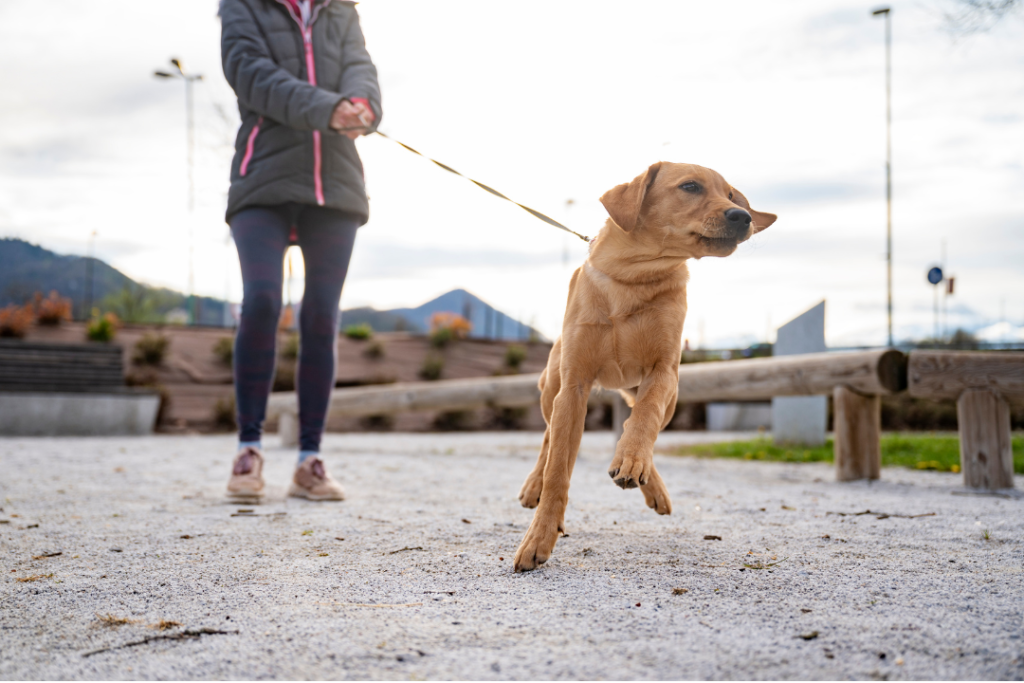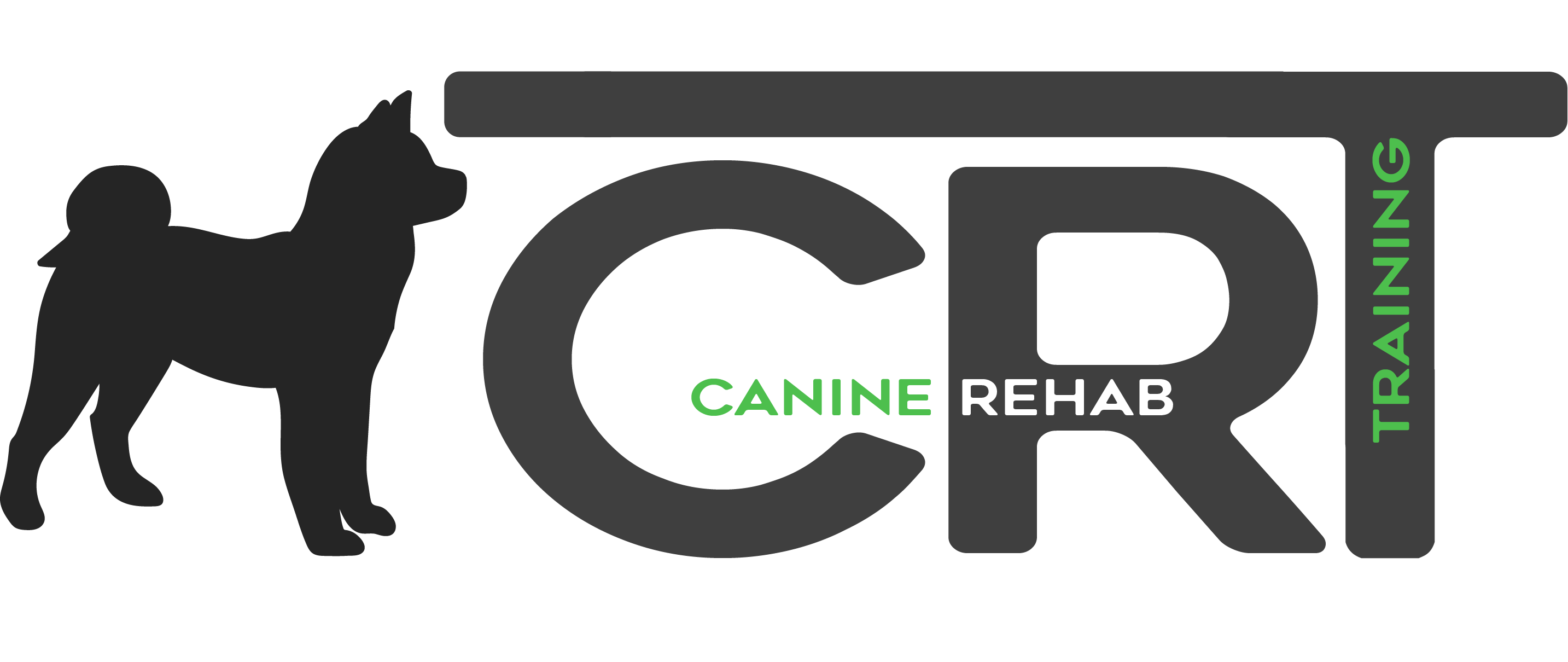The Ultimate Guide to Bubble Theory Dog Training
Strugglin’ to keep your pup’s behavior in check? 🐶 Bubble Theory Dog Training could be the pawsitively perfect solution for you and your furry friend! This unique and innovative approach zeroees in on understanding and respecting your dog’s personal space bubble to unleash better behavior, reduce anxiety, and build an unbreakable bond.

So, what even is Bubble Theory?
At its core, Bubble Theory recognizes that every doggo has an invisible “bubble” surrounding them. This bubble represents their comfort zone – that sacred personal space where they feel safe, secure, and in control.
When a person or pup invades that bubble without proper introductions, it can trigger all kinds of undesirable behaviors like barking, growling, lunging, or even snapping. 😬 Bubble Theory Training teaches you to identify the boundaries of your pupper’s bubble and respect that space, while using positive reinforcement to gradually adjust the size of the bubble as needed.
This territory-based concept isn’t just some newfangled fad – it’s rooted in scientific principles of animal behavior and has been developed by top dog training professionals over decades of research and practical experience. Trust us, this dog training method is legit!
Understanding Your Dog's Bubble

Just like human personal space requirements, every dog’s bubble is unique and influenced by factors like:
- Breed (Some breeds tend to prefer more personal space than others)
- Age (Puppies and senior dogs often have different bubble needs)
- Past Experiences (Trauma or lack of socialization can increase bubble size)
- Individual Personality (Some dogs are just more aloof or anxious by nature)
The key is learning to read your dog’s body language for the telltale signs that their bubble is being encroached upon, like:
- Stiffening or freezing
- Attempting to create distance
- Growling or showing teeth
- Looking away or avoiding eye contact
By respecting your dog’s bubble from the get-go, you’ll avoid triggering defensive behavior and make them feel safe and relaxed – the ideal state for learning and bonding with you!
Why Bubble Theory Training Works Wonders
There are tons of fantastic benefits to implementing Bubble Theory methods:
🧘♂️ Reduced Anxiety and Stress: Ensuring your dog always has their desired personal space puts them at ease. A calmer dog is a happier, healthier dog!
🎓 Improved Focus and Obedience: Dogs that feel safe and respected are much more attentive during training sessions.
👭 Better Social Skills: Controlled socialization within their bubble helps dogs learn healthy interaction skills.
❤️ Stronger Owner Bond: Respecting a dog’s boundaries builds trust and enhances your relationship.
How to Get Started with Bubble Theory
Ready to unleash the power of Bubble Theory with your own pup? Here’s a step-by-step guide to get you started:
- Assess Their Bubble: Observe your dog’s reactions as people/animals approach at different distances. Where do they start showing signs of discomfort? That’s their current bubble size!
- Master Leash Skills: Proper leash handling allows you to control space and reinforce the bubble during walks or public outings.
- Controlled Socialization: Gradually expose your dog to new people/animals while staying within their current bubble comfort zone and rewarding relaxed behavior.
- Adjustment Phase: Over time, you can slowly decrease the bubble size by having triggers approach a bit closer during each controlled exposure, deliciously rewarding calm behavior.
With consistency, patience, and positive reinforcement, you’ll start noticing remarkable improvements in just a few weeks! Your dog will learn that respecting their bubble leads to treats, praise, and happy experiences. 🎉
Common Bubble Bursting Challenges
Of course, no training method is perfect. Here are some common challenges with Bubble Theory and how to overcome them:
Reactive or Aggressive Dogs: These pups often have larger bubbles to start. Go at a snail’s pace and overexaggerate rewarding ANY relaxed behavior around triggers.
Busy Environments: Bubbles may expand in exciting places with lots of stimuli. Master leash skills to enforce space and do refresher bubble work regularly.
Multiple Dogs: Each dog’s bubble size may differ. Work on one dog at a time first to establish a strong foundation.
Backsliding: Perfection is unrealistic! If your dog regresses, simply revisit earlier bubble phases and rebuild slowly. #ProgressNotPerfection
Pro Tips for Bubble Training
To maximize success with Bubble Theory, keep these expert tips in mind:
- Be Patient: Adjusting someone’s personal space boundaries takes time. Stick with it!
- End on a Positive Note: Always give your pup a chance to “win” by ending each session with an easy, rewarding repetition.
- Use High-Value Rewards: The more delicious the treat or praise, the faster your dog will associate good things with their bubble being respected.
- Have Realistic Expectations: While transformation is possible, some dogs may always need more personal space than others. That’s OK!
- Seek Professional Help If Needed: For dogs with extreme aggression/anxiety, working with a certified Bubble Theory trainer can provide invaluable hands-on support.
